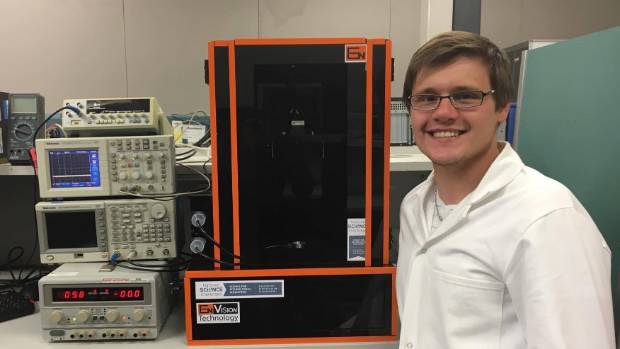
I’ve seen a lot of very weird materials used for 3D printing, but never fish scales.
But that is precisely what is used for a new 3D printing application being developed at Massey University in New Zealand. Their application: 3D printed human corneas.
Corneas are in high demand, particularly as the population ages. Essentially what happens is the cornea is a transparent layer on the surface of the eye that acts as part of the eye’s lens system. It’s not the lens that focuses, that’s inside the eye. But nevertheless it is essential for proper eyesight.
In older people the cornea becomes less transparent and can hamper or even remove eyesight, and the traditional treatment is to transplant a cornea, a process known as keratoplasty. However, the supply of corneas is limited for obvious reasons.
Some researchers have attempted to grow corneas, but it would be desirable to be able to produce them on demand. That’s what the new project is attempting to do.
The technology involves extracting collagen from the fish scales and then 3D printing it in a fashion similar to other 3D printers. However, they require precise temperature control and a medically safe process.
Currently they have developed a prototype that apparently works well, but wish to transform the idea into a commercial system capable of producing hundreds of corneas each day.
It’s a very interesting project that demonstrates the near unlimited possibilities offered by 3D printing. Who would have suspected that fish scales could yield an important production material?
Via Stuff

